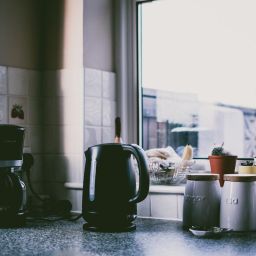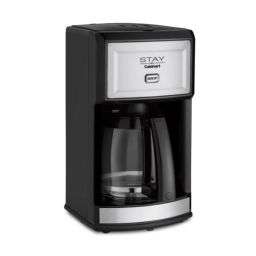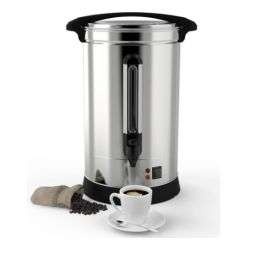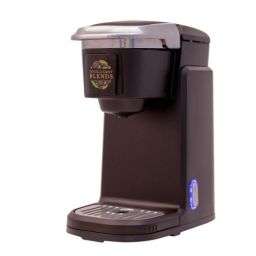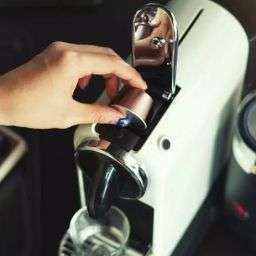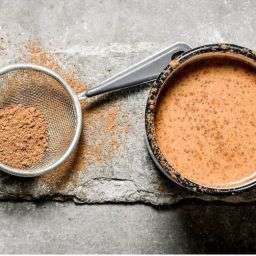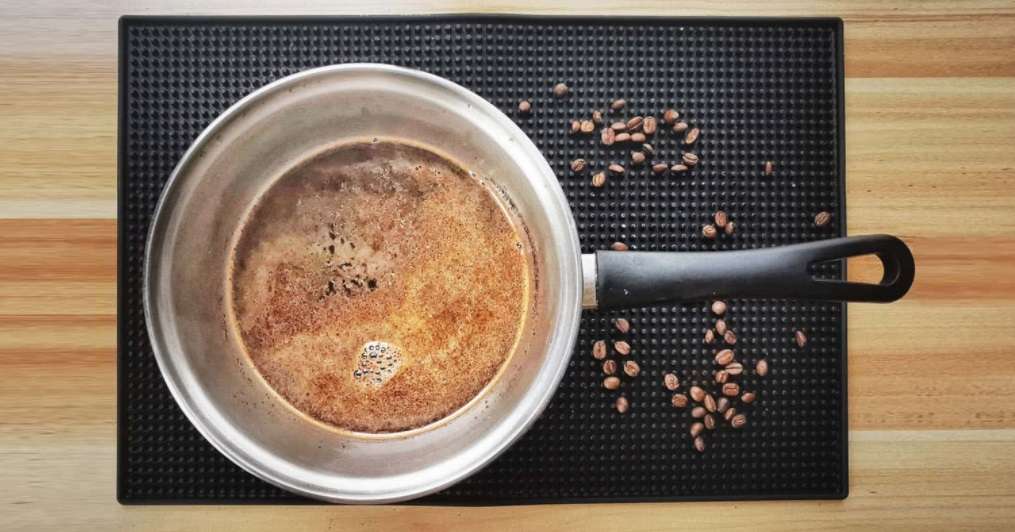
Learning how to use ground coffee without a machine opens up a world of rich, aromatic possibilities for coffee lovers. Whether you’re camping, facing a kitchen mishap, or simply exploring brewing methods, the journey towards a perfect cup of coffee doesn’t need to halt. This guide dives into the simplicity and ingenuity of brewing coffee without the conventional coffee machine, ensuring you’re never without your beloved brew.
Key Takeaways
The beauty of brewing coffee without a machine lies in the simplicity and accessibility of the methods involved. Here’s what to keep in mind:
- Utilize basic kitchen tools: Discover how everyday items can become your brewing essentials.
- Explore the versatility of ground coffee: From fine to coarse, ground coffee adapts to various brewing techniques.
- The importance of coffee-to-water ratios: Achieving the right balance is key to the perfect cup.
- Adjust methods to taste preferences: Experimentation is your friend. Adjust brewing times and ratios to find your ideal flavor.
Cold Brew Method
Cold brewing is a testament to patience yielding delicious rewards. Start by mixing ground coffee and water in a 1:5 ratio in a jar. The initial steps involve soaking the coffee just enough to wet it, then adding the rest of the water and giving it a good stir. This mixture should then spend about 24 hours in the refrigerator, infusing slowly to create a rich and smooth concentrate. Once the time is up, strain the mixture to remove the grounds.
This method not only brings out a unique flavor profile in the coffee but also offers a refreshing alternative to the traditional hot brew. The resulting cold brew can be stored and enjoyed for up to ten days, making it a convenient option for those with a busy schedule or those who appreciate the convenience of having a ready-to-go coffee concentrate.
Microwave Method
Brewing coffee in the microwave is surprisingly simple and quick, perfect for those needing a coffee fix without traditional equipment. Here’s how:
- Prep Your Mug: Fill your mug with water and heat it in the microwave until hot but not boiling, about 2 minutes.
- Add Coffee: Stir in a tablespoon of ground coffee into the hot water.
- Let It Brew: Allow the mixture to sit for about 5 minutes, giving the coffee time to infuse into the water.
- Strain and Enjoy: Carefully strain the brewed coffee into a new cup, leaving the grounds behind, and enjoy a freshly brewed mug of microwave coffee.
Saucepan Method
The saucepan method brings you closer to the traditional art of coffee making, using basic kitchen tools:
- Combine Coffee and Water: In a saucepan, mix ground coffee with a small amount of water to soak the grounds.
- Boil: Add more water and bring the mixture to a boil over medium-high heat, stirring occasionally to prevent the grounds from burning.
- Simmer: Once boiling, reduce the heat and let it simmer for a few minutes to extract the coffee’s full flavor.
- Rest and Serve: Turn off the heat and let the mixture stand for about 5 minutes. Slowly pour the coffee into your cup, avoiding the settled grounds.
Strainer Method
If you’re missing a coffee filter, the strainer method is a straightforward alternative to brew a clean cup:
- Boil Water: Start by boiling water in a kettle or saucepan.
- Brew: Add ground coffee to the boiling water, stirring gently. Allow it to brew on the heat for a few minutes.
- Strain: Place a strainer over your mug or a separate container and carefully pour the coffee through it, catching the grounds and allowing the brewed coffee to pass through.
Cowboy Method
The Cowboy Method takes you back to the basics of coffee brewing, ideal for outdoor adventures or when you’re craving a rustic touch to your morning ritual. Here’s how to brew a less gritty cup:
- Mix Water and Coffee: Add water and ground coffee to a pot. Use about one tablespoon of coffee for every 8 ounces of water.
- Boil: Heat the mixture until it boils. Let it boil for about two minutes.
- Settle: Remove the pot from the heat and let it sit for a few minutes. The grounds will settle at the bottom.
- Serve: Carefully pour the coffee into your cup, trying to leave as many grounds at the bottom of the pot as possible.
Pour-Over Method
To mimic a Chemex or manual pour-over without the actual equipment, follow these steps for a DIY version using household items:
- Prepare Your Filter: Use a clean paper filter or a cloth over a cup. Secure it with a string or rubber band if necessary.
- Boil Water: Heat water to just below boiling, around 195 to 205°F.
- Bloom Your Coffee: Place ground coffee in the filter. Pour a little hot water over the grounds to let them bloom, releasing carbon dioxide and enhancing flavor.
- Pour Over: Slowly pour the rest of the water over the coffee grounds in a circular motion, ensuring even saturation.
- Enjoy: Once the water has dripped through, remove the filter, and enjoy your freshly brewed pour-over coffee.
Coffee Bag Method
Creating a homemade coffee bag is an innovative way to steep your coffee, similar to making tea. Here’s how:
- Prepare Your Coffee Bag: Take a coffee filter or small cloth and add your desired amount of coffee. Tie the top with string, leaving enough space for the coffee to expand.
- Heat Water: Bring water to a near boil.
- Steep: Place your coffee bag in a cup and pour hot water over it. Let it steep for about 4 minutes, or to taste.
- Remove and Enjoy: Remove the coffee bag and enjoy your cup of steeped coffee.
Faux French Press
The Faux French Press method allows you to enjoy the deep, rich flavors of French press coffee without the actual press. Here’s how to achieve this with common kitchen tools:
- Mix Coffee and Water: Combine ground coffee and hot water directly in a mug or jar. Use a 1:15 coffee-to-water ratio for balance.
- Stir and Steep: Stir the mixture gently, then let it steep for about 4 minutes.
- Strain: Place a strainer over another cup and pour the coffee through to separate the grounds from the liquid.
FAQs
What’s the optimal coffee-to-water ratio?
The golden ratio is generally considered to be 1:15, one part coffee to fifteen parts water. Adjust according to taste.
How can I adjust brewing times for strength?
For a stronger cup, steep longer before straining. For a lighter cup, reduce steeping time.
Any cleaning tips for non-conventional methods?
Rinse all used items immediately after brewing to prevent staining and buildup. For deeper cleans, use baking soda or vinegar diluted in water.
Final Thoughts
Exploring ways to brew coffee without a machine showcases the versatility and creativity within the coffee-making process. Each method, from the Microwave to the Faux French Press, offers a unique flavor profile and experience. Embrace the journey of experimentation to discover your preferred brewing technique, adjusting ratios and times to craft your perfect cup. The beauty of these methods lies not just in their simplicity but in the opportunity they provide to connect more intimately with the art of coffee brewing.



